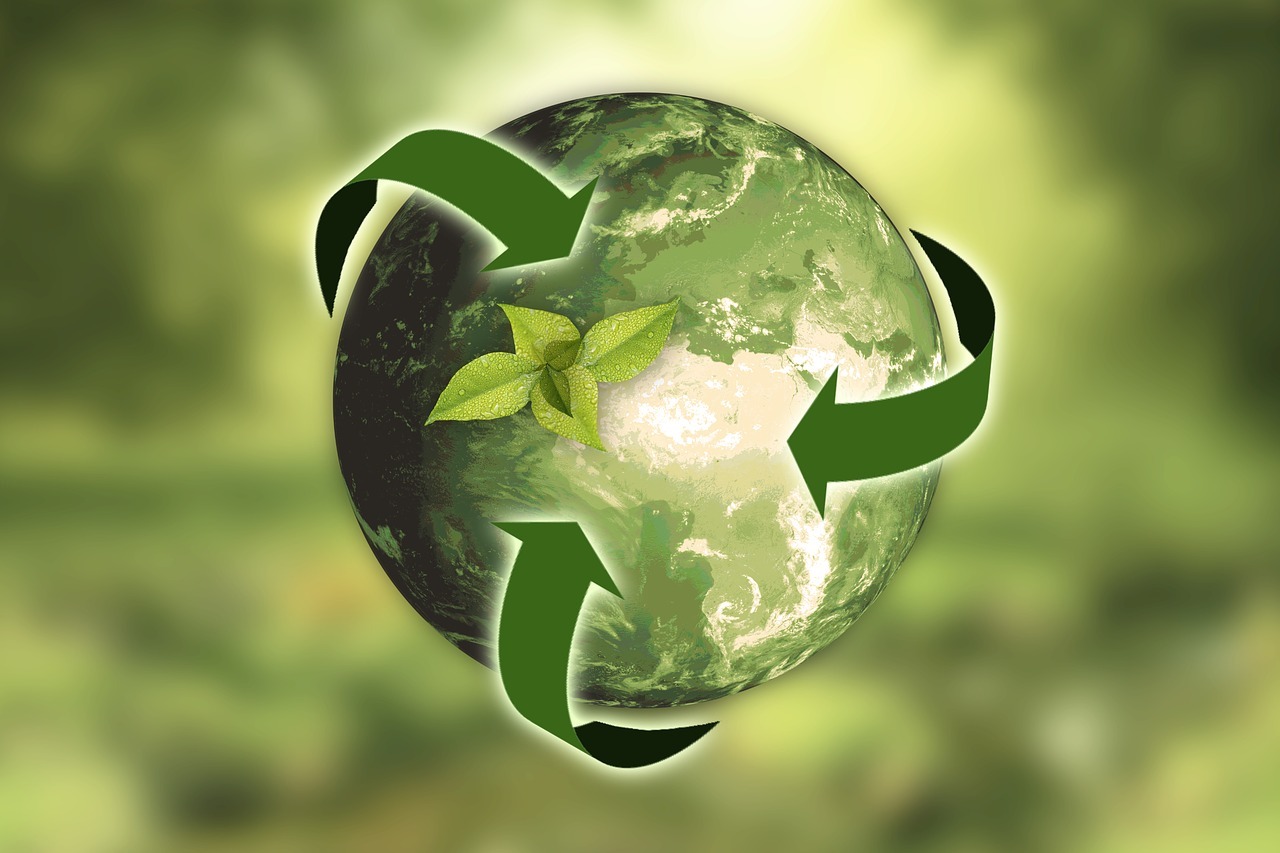Packaging recovered: 2025 goals exceeded

Do Italians commit to separate waste collection? According to some data concerning the year 2019, not only does the percentage of recycled waste increase, but the objectives to be achieved in 2025 imposed by Europe are exceeded.
Giorgio Quagliuolo, outgoing president of Conai, in a statement issued to the Assembly of the National Packaging Consortium in July, expressed his opinion on this goal: “The system as a whole has already exceeded the objectives that Europe is asking for by 2025. The circular economy in Italy works and stands out due to the effectiveness of its model. The results for the six packaging materials managed by Conai are also very positive, having all achieved their objectives by 2025, except for plastic. It is important to continue to work both on the path of developing new technologies for recycling and on that of prevention, encouraging eco design and design for recycling”.
This prospect bodes well for a cleaner and more sustainable future. But let’s see in detail why this milestone is so important.
Packaging recycling: let’s deal with reality
Looking at the data for the year 2019, we find that most of the materials have been recycled, as much as 70%, with a growth of 3.1% compared to the previous year. Growth is mainly driven by the increase in recycling from urban waste, which marked a + 6.2%.
If you make an estimate, adding these numbers to those of energy recovery, the tons of packaging waste recovered exceed 11 million and correspond to 81% of the packaging released for consumption.
In the document General Program for Prevention and Management of Packaging and Packaging Waste it is possible to recognize the percentages of recovery and recycling of materials, which clearly show the achievement of the recovery thresholds for most packaging materials.
- Steel 78.8% (target 70%);
- Aluminum 74.6% (target 70%);
- Paper and Cardboard 81.2% (target 75%);
- Wood 64.7% (target 25%);
- Plastic 48.1% (target 50%);
- Glass 81.4% (target 70%).
With the exception of plastic, for which the achievement of the goal is close, for all other materials the set thresholds have been largely exceeded. All this is possible thanks to the commitment of citizens and thanks to companies that are adopting policies of greater sustainability, reviewing production processes with a view to a circular economy, as demonstrated by the case of the CART-ONE company, in the context of production of cardboard packaging.
What are the benefits of achieving the European goals?
The achievement of the set objectives, in terms of benefits for the individual and for the environment, are considerable. Recovering four out of five packaging means sending less waste to landfills, therefore less environmental pollution and more resources that are recycled, to be used again.
In this sense, collaboration between local authorities and collection consortia is also important, which make it possible to effectively recover the waste / resource. An example above all, the activity carried out by the Italian Municipalities in agreement with Comieco, the body responsible for the recovery of paper and cardboard packaging.
Conai, in fact, at a time when the prices of waste paper were falling and paper recycling was not convenient, opened windows that allowed municipalities to enter into an agreement with Comieco, assuming the costs for recycling of paper and cardboard, so as to put the environment first, overcoming any market logic.
Finally, the possibility of recycling and reusing allows for better management of resources, again if we think of the example of paper, which has a significant impact on nature, firstly avoiding deforestation and the destruction of ecosystems, and secondly by acting to safeguarding biodiversity.
Share on:
Please contact us to receive more information or a quotation for your business. We'll give you a feedback as soos as possible.